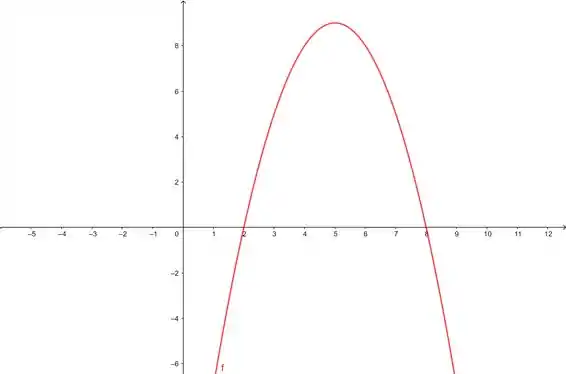Seja para
- Determinar
- Qual o domínio da função
- Determinar e indicar o domínio.
- Determinar
- Traçar o gráfico de
Passo 1
- Vamos lá, aqui é só substituir os valores e calcular...
- Bom, o domínio são os valores que podem assumir, nesse caso é:
- Vamos substituir aqui:
- Aqui a gente faz primeiro e depois aplica na função de novo:
- Agora só falta o gráfico:
não existe né, porque o
E também não existe pelo mesmo motivo😊
Passo 2
Passo 3
Pra ver o domínio, a gente faz:
Ou seja, o domínio é: .
Passo 4
não tem, porque o domínio só vai até .
Passo 5

Prontinho😊